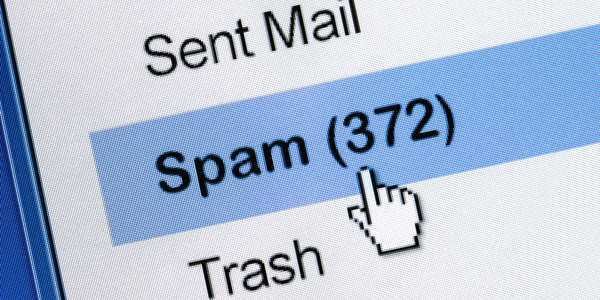According to Kaspersky Lab, programs developed for the purpose of stealing data connections, codes access and other confidential user data remain at the top of the list of the most prevalent email-distributed malware.
The main findings of Kaspersky Lab experts in relation to spam activity in 2014 are the following:
- Its percentage spam of the total volume of emails reached 66,8% 2014, reduced by 2,8 percentage points relative to 2013.
- The reduced level of spam is explained by the fact that advertising of legal goods and services "migrates" to more efficient platforms.
- The main source of spam was the USA (16,7%).
- The 42,6% of phishing attacks targeted a global portal that incorporates many services that can be accessed through a single account.
- The country with the highest percentage of phishing attack users was Brazil, with 27,5% of all its users Kaspersky Lab faced an attack. Australia was in second place with 23,8%, while India and France were found close enough to 23% each.
- The three organizations whose brand name is most commonly used in phishing attacks were Yahoo! (23,3%), Facebook (10%), and Google (8,7%).
Mobile spam
Spam messages that mimic messages sent from mobile devices are becoming increasingly popular. Kaspersky Lab detected such messages in several languages. In these missions, the messaging platform of iPad, iPhone, devices is emulated Galaxy of Samsung, but also of other popular models. These messages had one thing in common, very little (or no) text and signatures like "Sent from my iPhone". Usually, they contain links that lead to malicious attachments archives.
Fake notifications from mobile devices applications
Γενικά, τα μαζικά μηνύματα spam μιμούνται ειδοποιήσεις από διάφορες mobile εφαρμογές, όπως το Whats App και το Viber. Οι χρήστες είναι εξοικειωμένοι με το συγχρονισμό των εφαρμογών τους σε πολλές πλατφόρμες και το συγχρονισμό των επαφών τους μεταξύ των εφαρμογών και των διαφόρων ειδοποιήσεων που προέρχονται από αυτές. Έτσι, πολλοί ιδιοκτήτες φορητών συσκευών δεν αφιερώνουν πολύ χρόνο στα email τους, σκεπτόμενοι ότι θα τα λάβουν και στο mobile messenger τους. Αυτό όμως είναι λάθος, καθώς οι mobile εφαρμογές δεν είναι συνδεδεμένες με το λογαριασμό email του χρήστη, γεγονός που αποδεικνύει ότι πολλά από τα εν λόγω μηνύματα είναι προφανώς fake.
"False bank alerts are among the most common types of malicious spam or phishing attacks. Recently, we've noticed remarkable changes to the structure of some phishing email. 2014, spammers began to complicate the design of counterfeit messages by adding more linkto the official sources and services of the agencies from which they claimed that false notices had been sent. Obviously, the attackers hope that an email with a few legitimate ones link should be recognized as legitimate by both users and spam filters. At the same time, this email contains a single malicious link that either redirects users to a phishing site or downloads a malicious file, said Maria Vergelis, Kaspersky Lab's Spam Analyst.
The three most spammed countries are the United States (16,7%), Russia (5,9%) and China (5,5%).
More information about the activity of the 2014 spam messages is available at Securelist.com of Kaspersky Lab.





